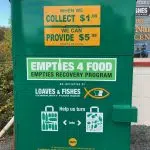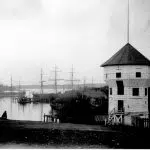
Vatican gives green light to devotion at Bosnia site in Medjugorje where Madonna reportedly appeared
VATICAN CITY (AP) — The Vatican on Thursday gave the green light for Catholics to continue flocking to a southern Bosnian village where children reported seeing visions of the Virgin Mary, offering its approval for devotion in one of the most contested aspects of Roman Catholic practice in recent years.
In a detailed analysis after nearly 15 years of study, the Vatican’s doctrine office didn’t declare that the reported apparitions in Medjugorje were authentic or of supernatural origin. And it flagged concerns about contradictions in some of the “messages” the alleged visionaries say they have received over the years.
But in line with new Vatican criteria in place this year, the Dicastery for the Doctrine of the Faith ruled that the “spiritual fruits” stemming from the Medjugorje experience more than justified allowing the faithful to organize pilgrimages there and permitting public acts of devotion.
THIS IS A BREAKING NEWS UPDATE. AP’s earlier story follows below.


